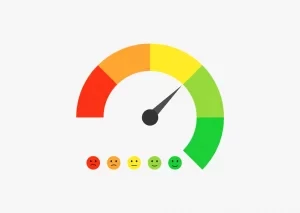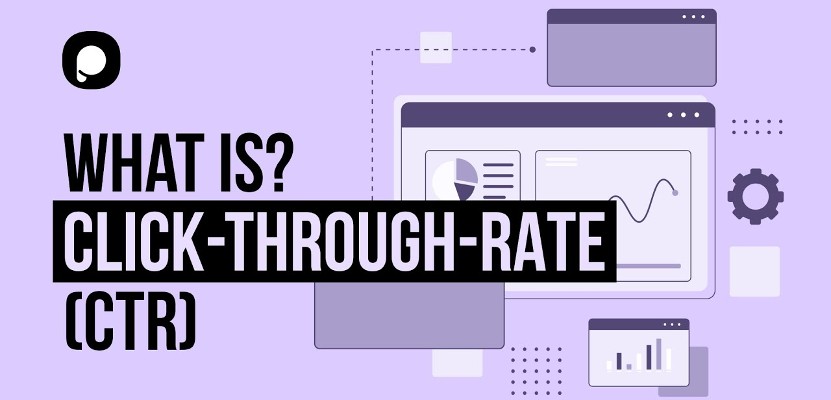The Ultimate Overview to CTR Manipulation: Techniques for Improving Browse Engine Presence
In the ever-evolving landscape of search engine optimization, understanding the art of click-through rate (CTR) control has actually ended up being increasingly critical for organizations striving to improve their on the internet visibility. As search engines continue to prioritize user engagement metrics, recognizing how to strategically influence CTR can significantly affect a website's efficiency in search results page. From maximizing meta tags to leveraging schema markup, the strategies for enhancing CTR are multifaceted and vibrant. By implementing these strategies successfully, services can not only boost their click-through prices however also position themselves for better online search engine visibility.
Understanding CTR and Its Impact

A high CTR indicates that a considerable portion of individuals find the web link engaging and relevant, which can lead to enhanced rankings on search engines. On the other hand, a low CTR might signal that the web link is not resonating with users, potentially causing a drop in positions. Recognizing CTR trends and patterns can offer beneficial insights into user behavior, choices, and the performance of different advertising and marketing strategies.
Basically, monitoring and analyzing CTR information is essential for maximizing online search engine visibility and establishing effective electronic advertising and marketing campaigns. By leveraging this statistics, organizations can tweak their approaches to draw in more clicks, improve user involvement, and eventually enhance their on-line visibility.
Enhancing Meta Tags for Higher Click-Through Fees
With an eager concentrate on boosting search engine presence with critical optimization methods, one essential facet hinges on the thorough crafting of meta tags to elevate click-through rates properly. Meta tags, including the meta title and meta description, play a vital role in shaping exactly how an internet site appears in online search engine outcomes. Enhancing these tags entails incorporating relevant key words that precisely show the web content of the web page while likewise interesting customers' search intent.
To enhance meta tags for greater click-through rates, it is crucial to keep them succinct, engaging, and straightened with the content on the web page. The meta title should be attention-grabbing, plainly showing the web page's subject and worth proposal. At the same time, the meta description serves as a quick recap that tempts individuals to click with by providing a glance of what they can expect on the web page. In addition, including unique marketing points, calls to action, or special offers within the meta description can better improve its appeal and urge clicks. By very carefully crafting meta tags, internet sites can raise their presence in search results and bring in even more organic traffic.
Crafting Compelling Title Tags and Meta Descriptions
Crafting compelling title tags and meta descriptions is necessary for boosting an internet site's visibility and attracting possible visitors efficiently. Title tags are the very first point users see in search engine results, making them a critical component in figuring out whether an individual clicks through to a web site.
When crafting title tags and meta summaries, it is essential to maintain in mind the individual's intent and make certain that the language used is engaging and appropriate to their search inquiry. By optimizing these elements, sites can improve their click-through prices and eventually improve their search engine visibility. Furthermore, regularly checking and testing various variants of title tags and meta summaries can help identify which ones are most effective in driving traffic to the website.
Leveraging Schema Markup for Boosted Exposure
To enhance a website's presence and boost its performance in search engine results, leveraging schema markup can be a strategic and reliable strategy. Linkdaddy ctr manipulation. Schema markup is a type of microdata that can be included to a web page's HTML to give search engines with more thorough info concerning the web content on that page. By integrating schema markup, web sites can enhance the method their listings appear in anchor online search engine Bonuses results, making them a lot more visually enticing and helpful to users
One considerable benefit of using schema markup is that it can enhance the possibility of abundant snippets being displayed together with a site's search results page. Rich fragments are extra pieces of info, such as star ratings, product costs, or event days, that can make a listing attract attention and draw in even more clicks from users. This not only boosts the visibility of an internet site but also improves its trustworthiness and importance in the eyes of internet search engine.
Surveillance and Assessing CTR Efficiency
Having actually established the benefits of leveraging schema markup for enhanced exposure in online search engine results, the following crucial step includes tracking and assessing the efficiency of click-through rates (CTR) By tracking CTR metrics, website owners can gain useful insights into exactly how users communicate with their search engine listings. Different devices, such as Google Analytics and Look Console, give thorough CTR information that can be assessed to understand which search phrases, meta descriptions, or titles are driving the most traffic.
Keeping an eye on CTR performance allows site proprietors to recognize underperforming pages or listings that might need optimization. It also aids in assessing the performance of read what he said any kind of CTR control methods executed. Frequently monitoring CTR trends can highlight changes in user actions, permitting timely changes to improve search engine presence.

Conclusion
Finally, understanding and controling CTR can significantly influence search engine visibility. By maximizing meta tags, crafting engaging titles and summaries, leveraging schema markup, and keeping track of performance, services can boost their on the internet presence. It is important to continually evaluate CTR information to identify trends and make informed decisions to drive traffic and rise presence in internet search engine results web pages. Ultimately, executing these methods can bring about a more effective on-line visibility and improved internet search engine positions.
In the ever-evolving landscape of search engine optimization, grasping the art of click-through rate (CTR) manipulation has ended up being progressively important for services aiming to boost their online presence. As search engines proceed to focus on customer involvement metrics, understanding how to strategically affect CTR can dramatically affect a site's efficiency in search outcomes. In the world of search engine optimization (SEO), CTR plays a significant duty in figuring out the effectiveness of a site's exposure on search engine results web pages (SERPs)
Having actually developed the advantages of leveraging schema markup for boosted visibility in search engine results, the following crucial step includes monitoring and analyzing the efficiency of click-through rates (CTR) Consistently checking CTR trends can highlight fluctuations in user habits, allowing for prompt modifications to boost search engine exposure.